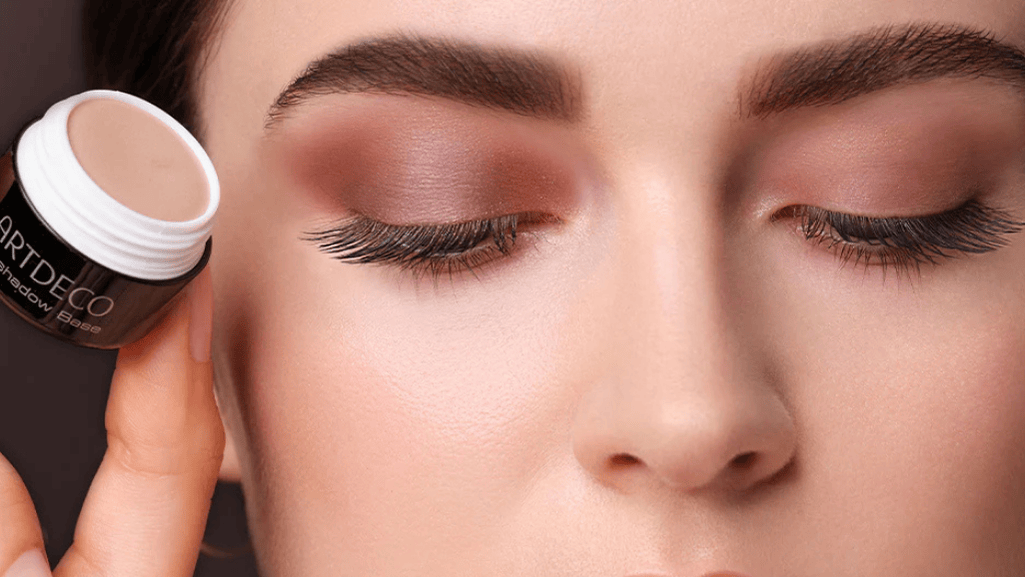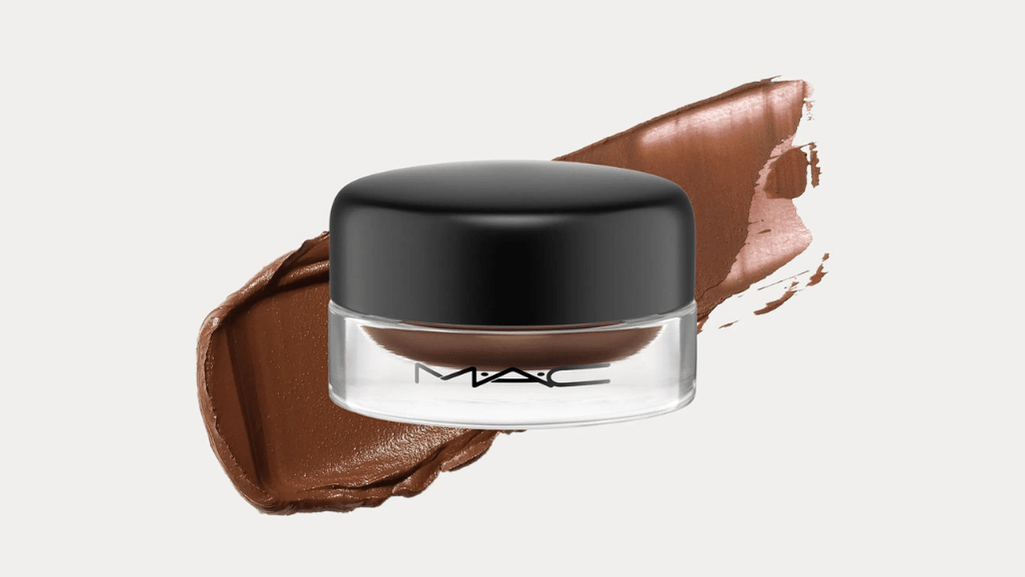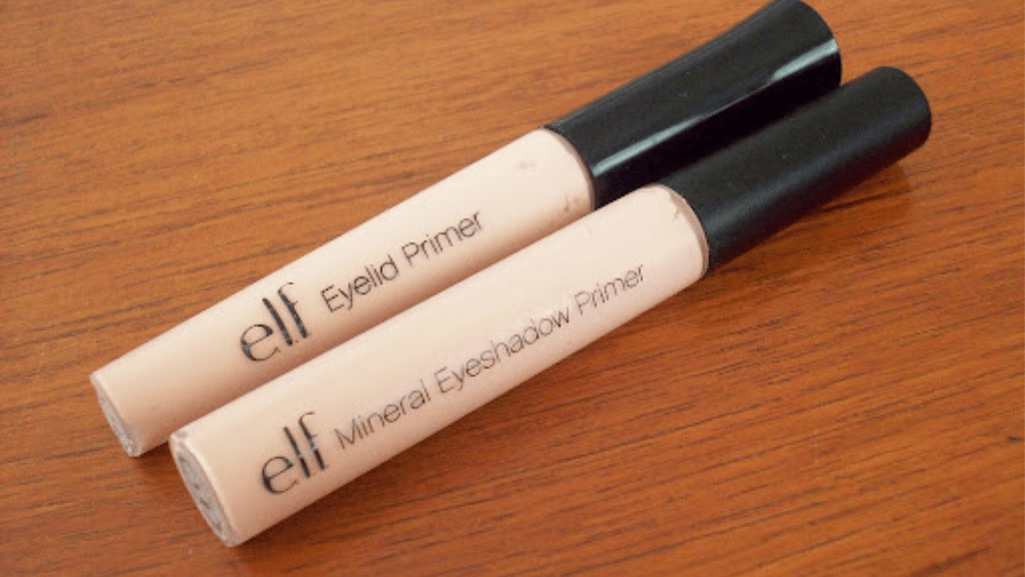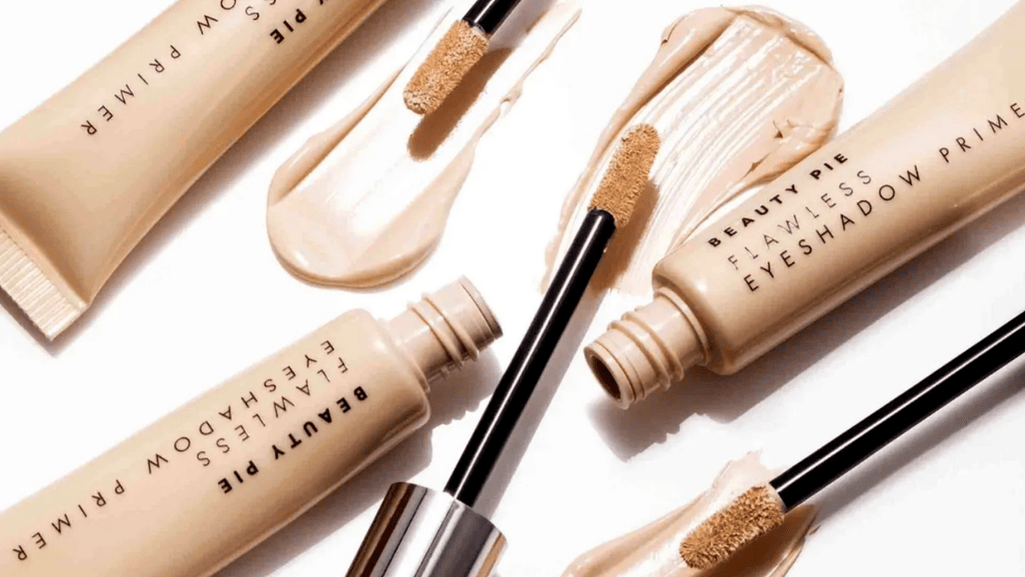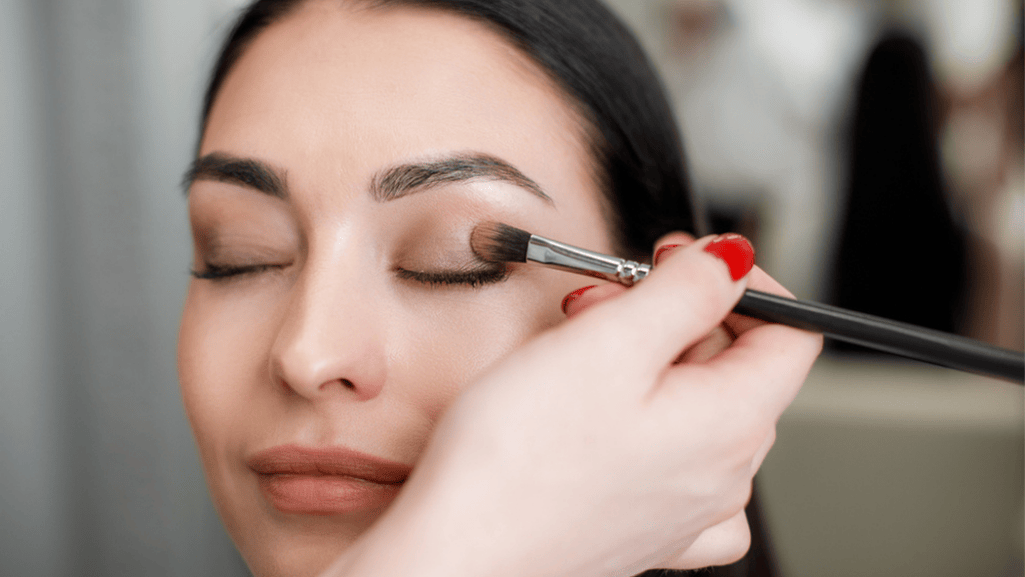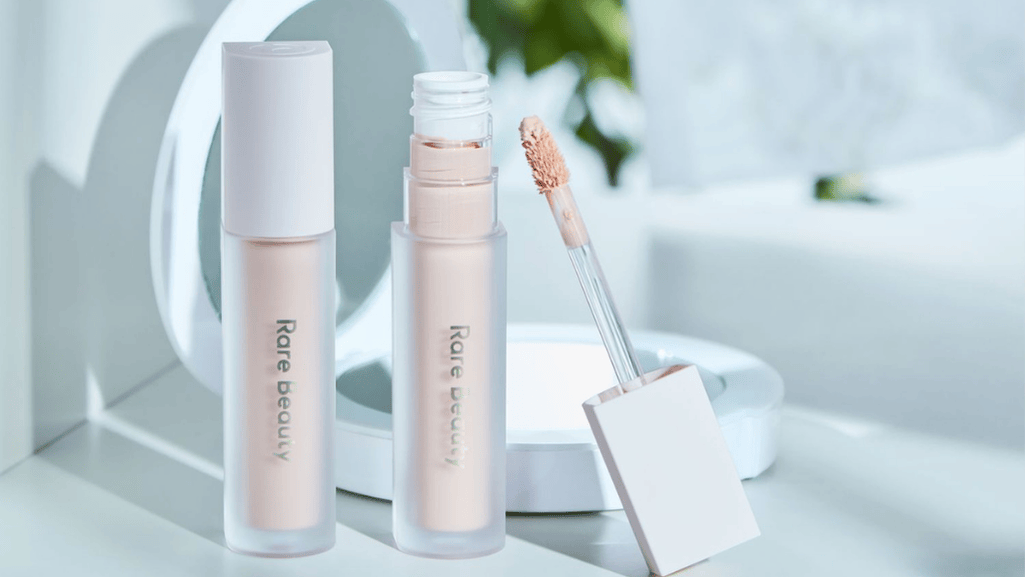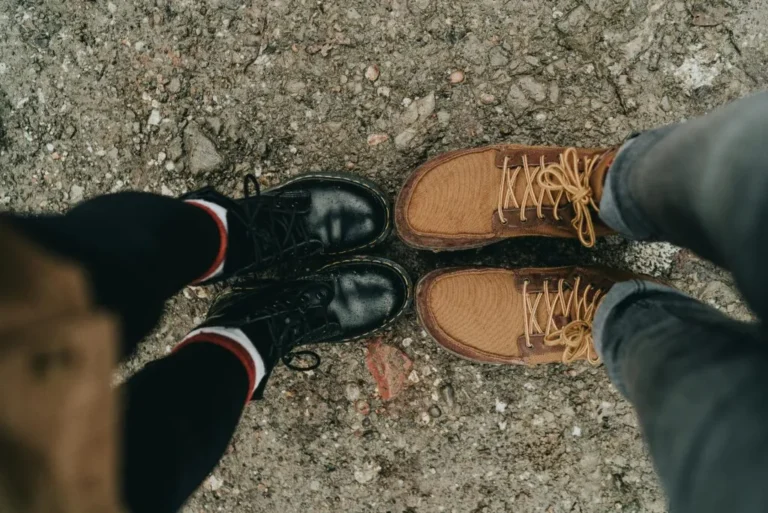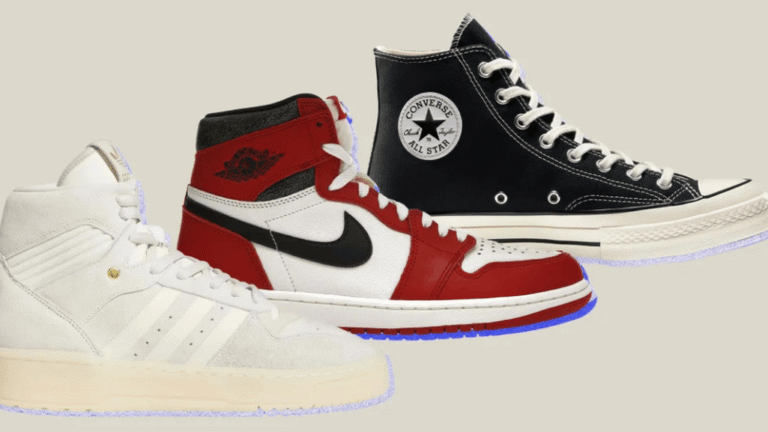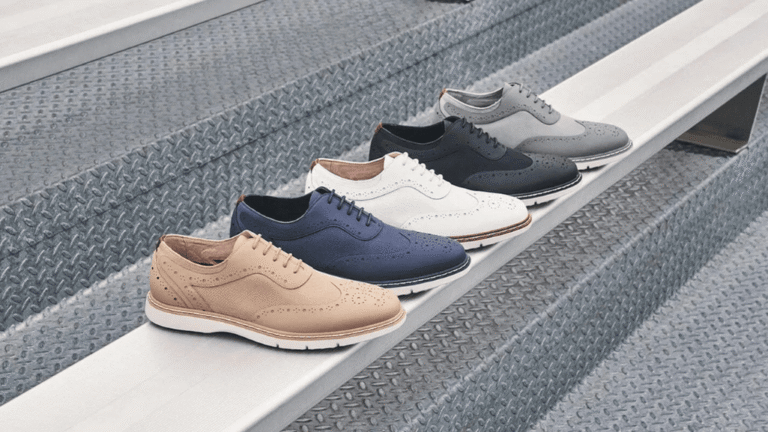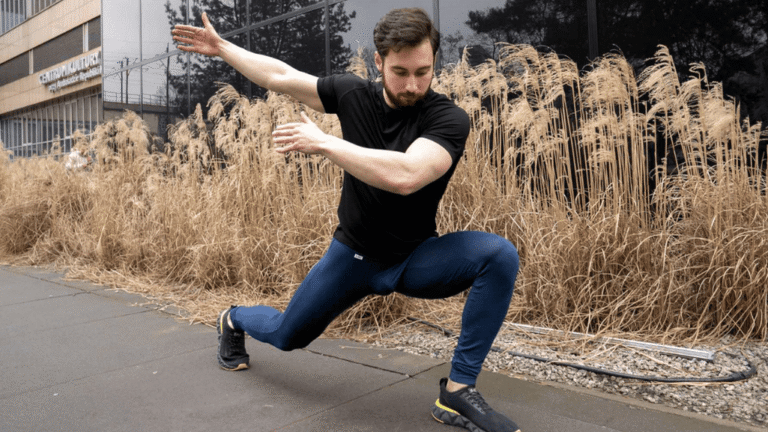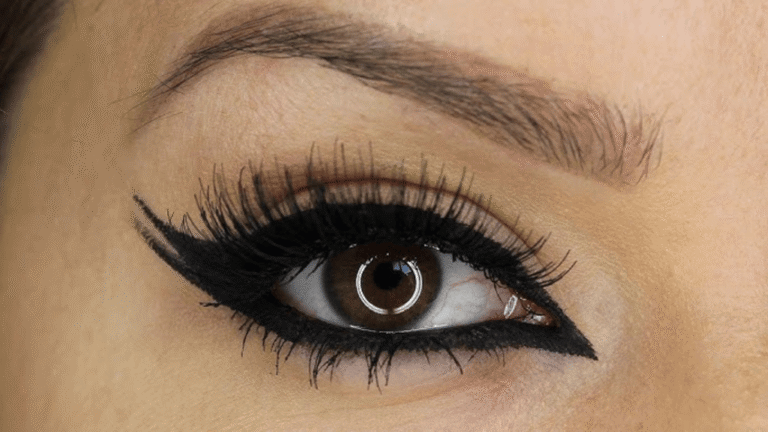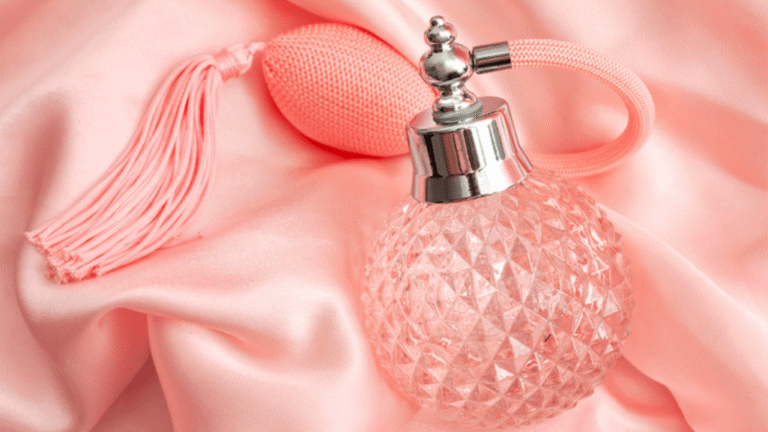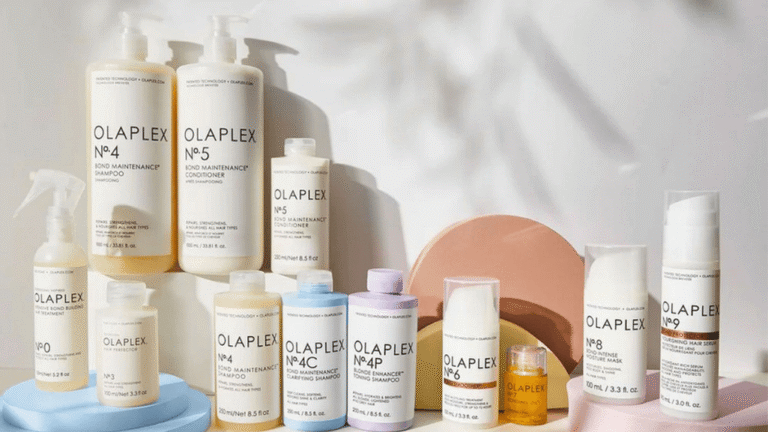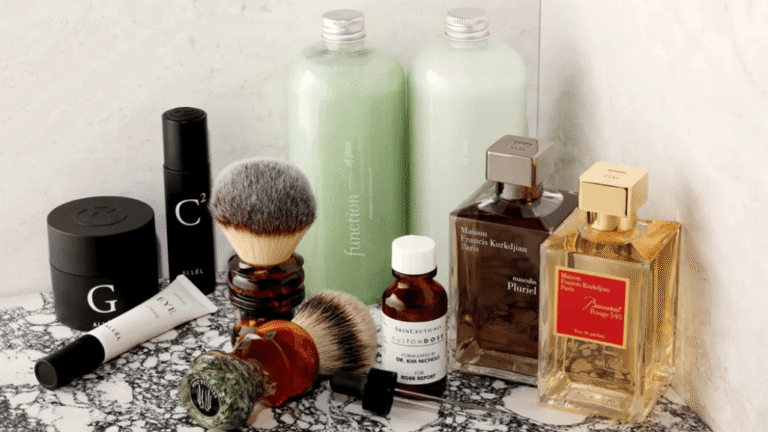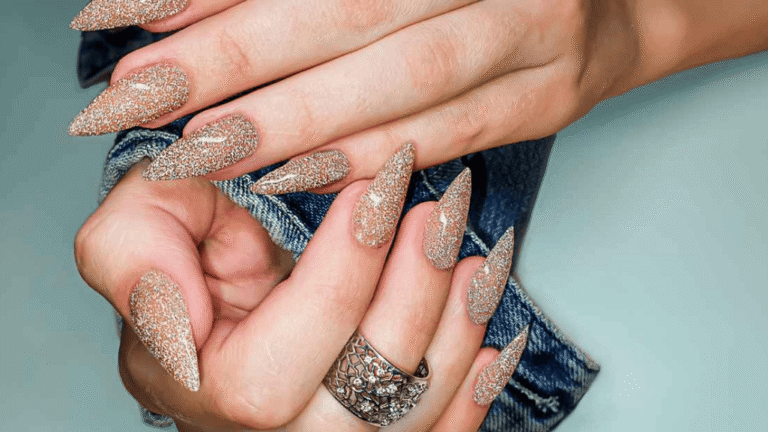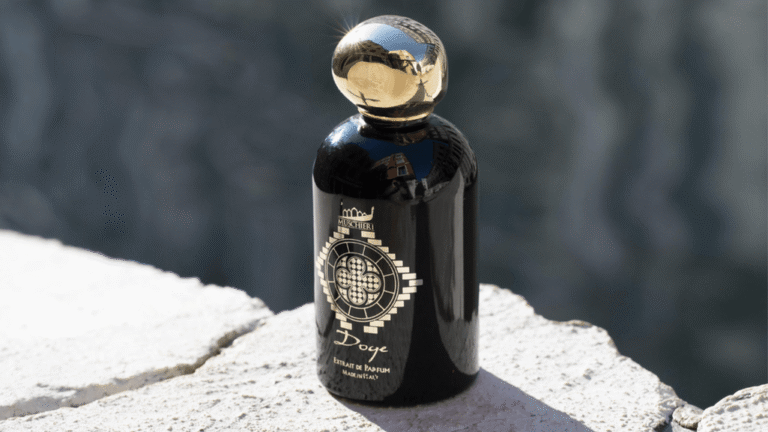Ready to level up your eye makeup? This guide breaks down how a good primer creates a tacky micro-grip that boosts pigment payoff and keeps color vivid all day. Pro artist Cat Mignano notes that priming lids prevents fading and creasing, turning routine touch-ups into a rarity.
We tested 15 products over four weeks across price points and finishes. Standouts include Milk Makeup Hydro Grip Eyeshadow and Concealer Primer for a lightweight, clear multiuse base, and wet n wild MegaLast for a budget-friendly, crease-free option.
What we measured: real-world wear, texture, blend time, and compatibility with powders, creams, and liquids. Expect tips for oily lids, dry lids, and shade-correcting tints that even skin and neutralize veins for a true-to-pan look.
From drugstore gems to prestige picks, this roundup helps people choose a primer that matches their routine and desired finish—whether you want all-day grip or effortless blending.
Key Takeaways
- Primers act as a micro-grip layer to boost pigment and reduce fallout.
- We evaluated wear, texture, blendability, and product compatibility.
- Options span budget and prestige without sacrificing performance.
- Choose formulas by lid type: oily lids need control; dry lids need comfort.
- Tints can neutralize discoloration for a uniform canvas.
- Some bases double as under-eye or spot correctors to streamline steps.
Why Eyeshadow Primers Are a Game-Changer for Long-Lasting Eye Makeup
A good base transforms how pigments sit and stay on the eyelid all day. Pro artists say a tacky primer builds a micro-grip that boosts vibrancy and fights movement.
Grip, vibrancy, and no-creasing: what a primer does for shadow
Core function: a thin layer creates a surface that holds pigment against heat, oil, and motion in the eyelid area.
“Tackier formulas often give better shimmer payoff, while smoother textures help mattes blend without patchiness.”
When you need a primer vs. when shadows can stand alone
Use a primer for long days, hooded lids, humid climates, or complex looks that require exact placement. It also helps even out discoloration so colors read truer on the skin.
- Oily lids: choose tacky, oil-controlling primer for crease resistance.
- Dry skin: pick conditioning formulas that add flexibility and comfort.
- Quick looks: high-performance shadows with built-in grip can suffice for short wear.
Tip: let the primer dry slightly before shadow application to maximize hold and color intensity.
Our Top Picks: The Best Eyeshadow Primers by Need and Budget
Below are our curated picks that match common needs, budgets, and finishes. Each selection notes texture, shade options, and when to reach for it in your daily eye makeup routine.
Best Overall — Milk Makeup Hydro Grip
Why it wins: clear, lightweight, and multiuse. Milk Makeup Hydro spreads smoothly and grips without weight, and it doubles as a concealer base for a seamless finish.
Best Budget — wet n wild MegaLast
This tube-sized option dries slightly tacky and keeps shadow crease-free all day. It’s an excellent value for people who want performance without fuss.
Best Long-Wearing — NYX Long-Wear
Choose NYX for a tackier texture and four shade options. The formula locks color in place so your look stays pristine for hours on the lid.
Brightening & Multiuse Picks
- Rare Beauty Weightless: a concealer-like tint that neutralizes discoloration with minimal product.
- MAC Pro Longwear (Painterly): opaque, matte base that doubles as a cream shadow for pro-level versatility.
- Urban Decay Primer Potion: silky, slightly tinted, and crease-resistant for dependable all-day hold.
“Tacky formulas maximize shimmer payoff, while smooth bases help mattes blend with less effort.”
Tip: match your pick to finish and wear time—clear bases for true-to-pan color, tinted options for brightening and neutralizing.
Deep Dive: Standout Formulas Review and Performance Notes
Below are close-up reviews of three formulas that reliably boost color payoff and lock wear. Each entry highlights texture, finish, and who benefits most from the product.
Milk Makeup Hydro Grip Eye
Makeup Hydro Grip is ultra-light at 0.29 oz and feels nearly invisible on skin. The clear texture spreads smoothly and creates a weightless micro-grip that holds pigment without stiffness.
Why it stands out: it supports all color families without shifting undertones, and it doubles as an under-eye base for concealer. Apply a thin layer and let it set briefly for best adhesion.
Urban Decay Primer Potion
The 0.33 oz doe-foot tube gives a silky slip that eases application, then dries to a smooth, crease-resistant finish. A subtle tint and faint shimmer help even tone and lift vibrancy for shimmers and mattes alike.
Use it when you want a soft, long-wearing hold that improves blendability and keeps color true. This urban decay eyeshadow classic remains a go-to for many pro kits.
MAC Paint Pot (Painterly)
MAC’s Painterly is an opaque, cream hybrid that creates a matte canvas ideal for sculpted looks and cut creases. It requires gentle, low-tug blending to avoid pulling but sets firm for precise work.
Pro note: pros praise its lasting power and versatility; it can work as a standalone shadow or a steadfast base to lock placement and deepen finish.
“Thin layers, brief dry-down, and no tugging deliver the best long-wear results.”
- Texture compare: Milk = clear silky-grip; UD = silky to matte with tint; MAC = creamy-opaque, firm set.
- Technique: apply sparingly, wait to tack, then layer shadow for true-to-pan payoff.
Eyeshadow Primers for Mature Skin: Smoothing, Brightening, Crease Control
Mature skin needs bases that smooth texture, brighten the lid area, and stop color from settling into lines. Choose a formula that blends skincare benefits with reliable hold to keep eye makeup looking fresh without tugging.
Urban Decay Eyeshadow Primer Potion Anti-Aging
Why it helps: Dermaxyl (a ceramide-peptide complex) and kalpariane (algae extract) smooth fine lines and deliver a satin finish with up to 24-hour hold. This primer minimizes texture while giving shadow real grip.
NARS Smudge Proof Eyeshadow Base
NARS offers an invisible, ultra-light base that suits dry lids. Polymers and mineral powders create a second-skin film that resists creasing while rice and sea whip extracts hydrate the area.
Hourglass Veil Eye Primer
Hourglass provides featherlight hydration and vitamins C & E in a soft tinted finish. It evens tone, helps blending, and keeps both shimmer and matte finishes steady.
Glo Skin Beauty Essential Eye Base
Tinted and concealer-adjacent, this base brightens and neutralizes discoloration. Caffeine reduces puffiness while aloe and cucumber soothe; available in six shades.
Danessa Myricks Colorfix Nudes
An opaque matte option in 12 shades that doubles as a priming base for high-impact, no-crease wear. Test shades to find the best brighten-and-lock match.
Pro tip: On mature lids, apply thin layers and allow full dry-down before adding color. Pick tinted bases when neutralization matters and clear bases when you want pure-to-pan pigment with minimal texture.
Eyeshadow Primers
Top-performing bases range from clear, tacky gels to creamy, concealer-like tints that reshape how shadow behaves. This section gives a quick category overview so people can spot differences at a glance.
- Texture: transparent gel grips, silky balms, and opaque tints that double as light concealers.
- Packaging: tubes and doe-foot applicators offer controlled placement; pots allow fingertip blending but need careful hygiene.
- Compatibility: most formulas work with powders, creams, and liquid shadow to reduce migration and fallout.
Testing across market favorites shows clear gains in staying power and color intensity. Many users report lasting color from morning to evening with one thin layer.
Price and sensitivity notes: budget options can lock crease resistance, while prestige picks often add skincare actives. Fragrance-free versions are kinder for sensitive eyes and contact lens wearers.
“Even application, brief dry-down, and pairing with quality shadow and tools deliver consistent results.”
For a broader comparison and product context, see our best eye base guide.
How to Choose the Right Eye Primer for Your Skin Type and Goals
Choosing the right base starts with your skin type and the finish you want to achieve. Match the formula to lid behavior and the look you plan to wear for the best result.
Oily lids
Pick mattifying, tacky finishes that reduce slip and keep pigment anchored through heat and long wear. These formulas control oil and cut creasing for full-day hold.
Dry lids
Prioritize hydrating options with vitamin E, hyaluronic acid, or gentle polymers. They prevent flaking and make makeup feel comfortable under powder and cream products.
Normal/combination
Go for balanced bases that boost wear without over-mattifying or adding too much emollience. These all-purpose choices suit everyday eye makeup and varied finishes.
Sensitive eyes
Choose fragrance-free, gentle textures and low-tug application methods. A light, soothing formula reduces irritation and protects the delicate eye area.
- Tint vs. clear: pick tint to neutralize veins or redness; choose clear for true-to-shade payoff.
- Applicator matters: doe-foot for precision, pots for opaque coverage, tubes for hygienic control.
- Application tips: test a small amount first and apply thin layers. Let it tack slightly to avoid pilling and patchiness.
Tip: Align the primer’s finish with your end look—matte locks for long events, smoother bases for easy blending.
Finish, Feel, and Shade Range: Matching Primer Texture to Your Shadows
Match the primer’s feel to your look: some textures lock pigment while others let you blend without drag. Choosing the right finish speeds application and limits touch-ups.
Tacky vs. smooth: grip for glitter and shimmers vs. glide for blending
Tacky formulas act like magnets for shimmer and glitter, so brands like NYX maximize longevity for high-payoff looks. They hold micro-shimmers in place and reduce fallout.
Smoother options — such as Urban Decay or Hourglass — give slip for soft-edge transitions, which is ideal with matte palettes or cream shadow blends.
Clear vs. tinted: neutralizing discoloration and boosting vibrancy
Clear bases keep complex shades true-to-pan, while subtle tints brighten and correct. Rare Beauty’s light tint lifts pastel and micro-shimmer payoff without heavy coverage.
Opaque concealer-like creams create a neutral canvas when veins or discoloration matter most.
Usage and value: pot size, doe-foot vs. tube, a little goes a long way
- Packaging trade-offs: doe-foot tubes offer precise placement; pots spread fast and give fuller coverage.
- Economy: testers report a tiny dab per lid is enough, so small jars often last longer than they seem.
- Texture match: creams pair well with cream shadows; powders benefit from controlled tack for hold.
- Dry-down: allow brief tack time — some smooth formulas still set to a grippy finish.
Tip: swatch your chosen product under the shadow to confirm vibrancy and blend time before committing to a full look.
Application Like a Pro: Techniques for Crease-Free, Vibrant Lids
Technique beats product quantity when you want crease-free color all day. Start with a thin, even base and work deliberately. Small actions yield cleaner results than heavy layers.
Placement and tools
Many tubes include a doe-foot for initial placement. Dab a pea-sized amount on the center of the lid, then tap with your ring finger to spread gently. For precision along the lash line or crease, use a small, dense brush—this gives control without tugging.
Set or not to set
Lightly dust pressed powder when using matte shadows to smooth texture and aid blending. Avoid over-setting tacky formulas if you want shimmer and metallics to cling; those need grip to stay vibrant.
Timing and layering
Work in thin layers and allow brief dry-down time. A slightly tacky surface locks pigment and boosts payoff for the whole day. Map where color will sit, define edges with a small brush, then use a finger to soften transitions.
- Hooded lids: keep product thinner near the fold and ensure full dry-down before adding color.
- Tool choice: brushes add structure; fingers or sponges can melt product into the base for a softer finish.
- Check in light: test coverage under natural light to avoid streaks before full eye shadow placement.
For step-by-step placement drills and pro tips, see our guide on eyeshadow application.
Brand Highlights You’re Searching For
Top brands deliver reliable hold, but each one brings a distinct feel and finish to your routine.
Urban Decay: classic Primer Potion and Anti‑Aging option
Urban Decay remains a go-to for a silky glide that sets without stiffness. The original primer potion gives secure all-day lock and crease control.
The Anti‑Aging variant adds Dermaxyl and kalpariane to smooth lines and support mature lids.
Milk Makeup Hydro Grip Eye: clear, multiuse priming power
Milk Makeup Hydro is a clear, lightweight layer that grips shadow and doubles as a concealer primer under the eye. It’s subtle, tacky enough for shimmer, and blends easily.
Rare Beauty Weightless: brightening, concealer-like base
Rare Beauty offers a soft tint that corrects and brightens with minimal product. Artists praise it for creating an even canvas that improves vibrancy and reduces the need for heavy coverage.
- UD: silky glide with a secure set.
- Milk: clear, light grip and multiuse.
- Rare Beauty: tinted correction for radiance.
Pro tip: a little goes a long way—compare textures side‑by‑side to find the best feel and shades for your kit.
Compare At a Glance: Key Pros, Finishes, and Best Uses
Use this snapshot to decide if a hydrating grip or a matte lock suits your lids best.
Hydrating grips vs. matte locks for hours-long wear
Hydrating grips (Hourglass, Milk) add comfort with vitamins C & E while still giving gentle tack for shimmer. They work well on dry skin and for everyday looks.
Matte locks (NYX, MAC Paint Pot) favor longevity and crease control for long days or hot climates. Pick these when you need strong hold for hours.
Best for brightening, color correction, and dark circle neutralizing
Brightening picks like Rare Beauty and Glo Skin Beauty offer tints to neutralize veins and even tone without shifting final shade.
Pro note: UD Primer Potion remains a dependable all‑day anchor, minimizing creasing while keeping blendability intact.
- Choose tack for metallics and high-payoff shadow; it locks sparkle in place.
- Choose smooth for soft mattes and easy transitions.
- Skin tip: dry skin = hydrating; oil-prone lids = tacky or matte formulas.
“A little product, short dry-down, and the right finish make all the difference.”
Conclusion
Choosing a formula that matches your lid behavior is the single easiest upgrade for reliable eye makeup. The right eyeshadow primer simplifies getting vibrant, crease-free color that lasts from morning to the end of the day. Small changes in texture or tint can make a big difference for dry lids or oil-prone skin.
Use a tiny dab, place it precisely, and allow brief dry-down time. That method improves payoff and stretch of wear. Pick a leading product to start—clear grip, a brightening tint, or a two-in-one base—and refine from there.
Performance matters more than price: top picks often last longer because you need less per application. With gentle tapping and precise placement, people can protect the delicate eye area and enjoy the best eyeshadow and primer pairing for any place or time.

